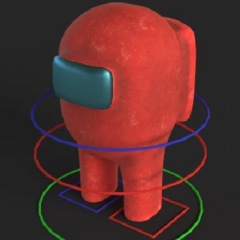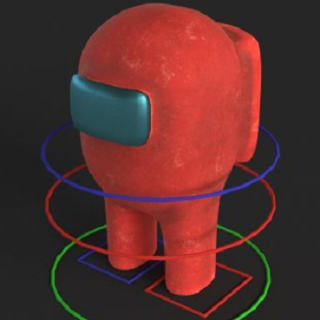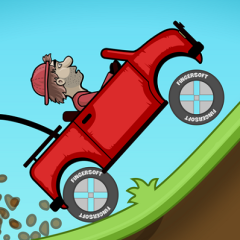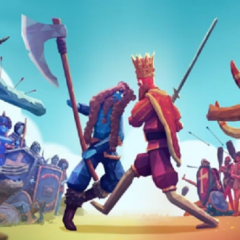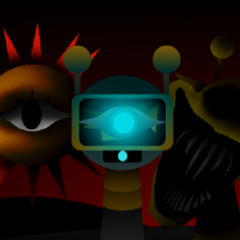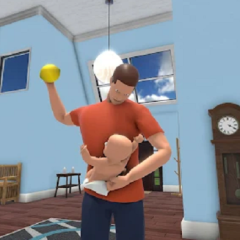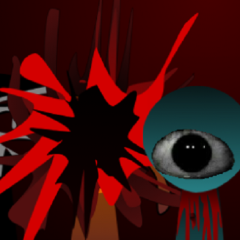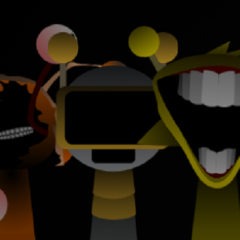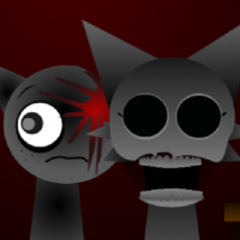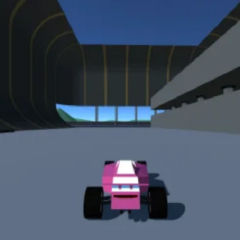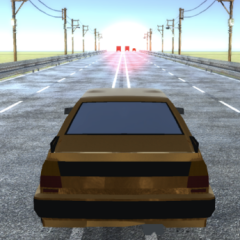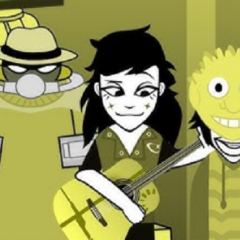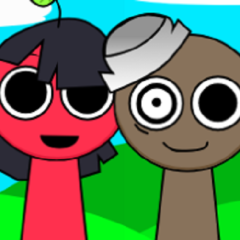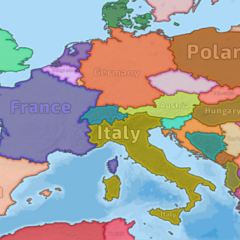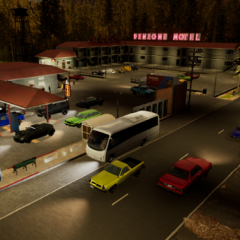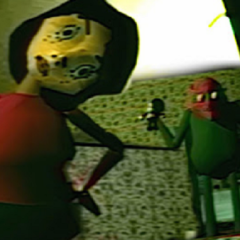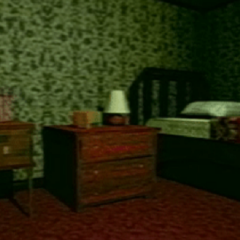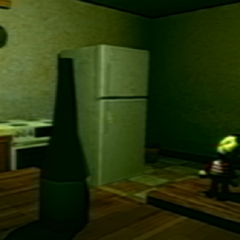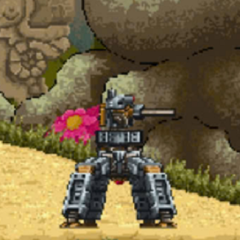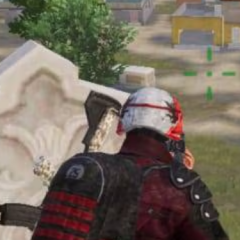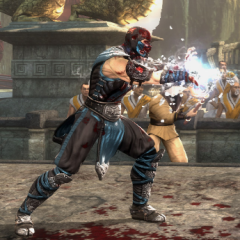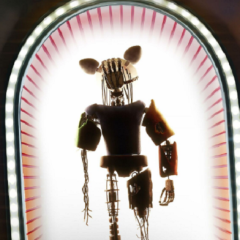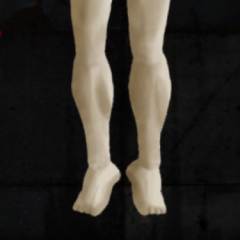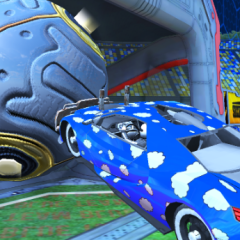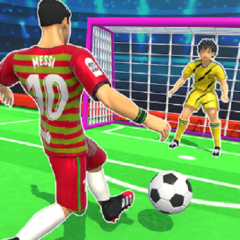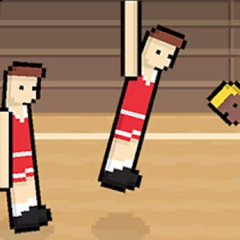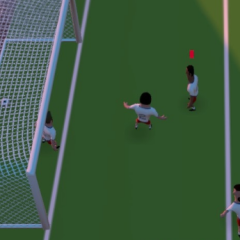Among Us 3D is a fan-made adaptation of the original social deduction game Among Us, reimagined with three-dimensional environments and character models. The gameplay preserves the same structure: a group of crewmates performs maintenance tasks on a spaceship or station while one or more impostors attempt to sabotage and eliminate them. The 3D format changes how players navigate and observe the environment, adding depth perception and camera control as part of the experience. Despite the new perspective, the focus remains on teamwork, deception, and observation.
Environment and Movement
The main difference between Among Us 3D and its 2D version lies in spatial interaction. Players can freely move in all directions using standard first-person or third-person controls. Tasks are distributed across detailed rooms connected by corridors, vents, and control panels. The change to 3D also introduces visibility angles — players must turn their view to check behind or around obstacles. This affects both impostor strategies and crewmate awareness, as hiding and ambushing become more dynamic. Light management, shadows, and room design play a greater role in how the game’s tension builds during play.
Core Mechanics and Player Roles
Among Us 3D follows the same role distribution and objectives as the original version.
The primary gameplay systems include:
· Crewmates completing assigned repair and maintenance tasks
· Impostors sabotaging systems and eliminating players undetected
· Emergency meetings for discussion and voting
· Vent and camera systems adapted to 3D navigation
· Objective tracking and progress bars visible in real time
Each match ends when either all impostors are removed through voting or the crewmates complete all tasks. The structure encourages observation and communication rather than combat or speed, maintaining the original balance of cooperation and deception within a three-dimensional framework.
Visual Perspective and Interaction
The addition of 3D environments introduces new challenges for both impostors and crewmates. Camera angles and movement now determine how much a player can see at once, creating blind spots that didn’t exist in the 2D version. Impostors can use these blind areas to plan attacks, while crewmates rely on positioning and movement to stay within sight of others. Tasks are presented through simple interactive interfaces, often involving physical movement or tool alignment. The shift in perspective also affects body discovery and report visibility, adding small timing variations that impact the pace of each match.

